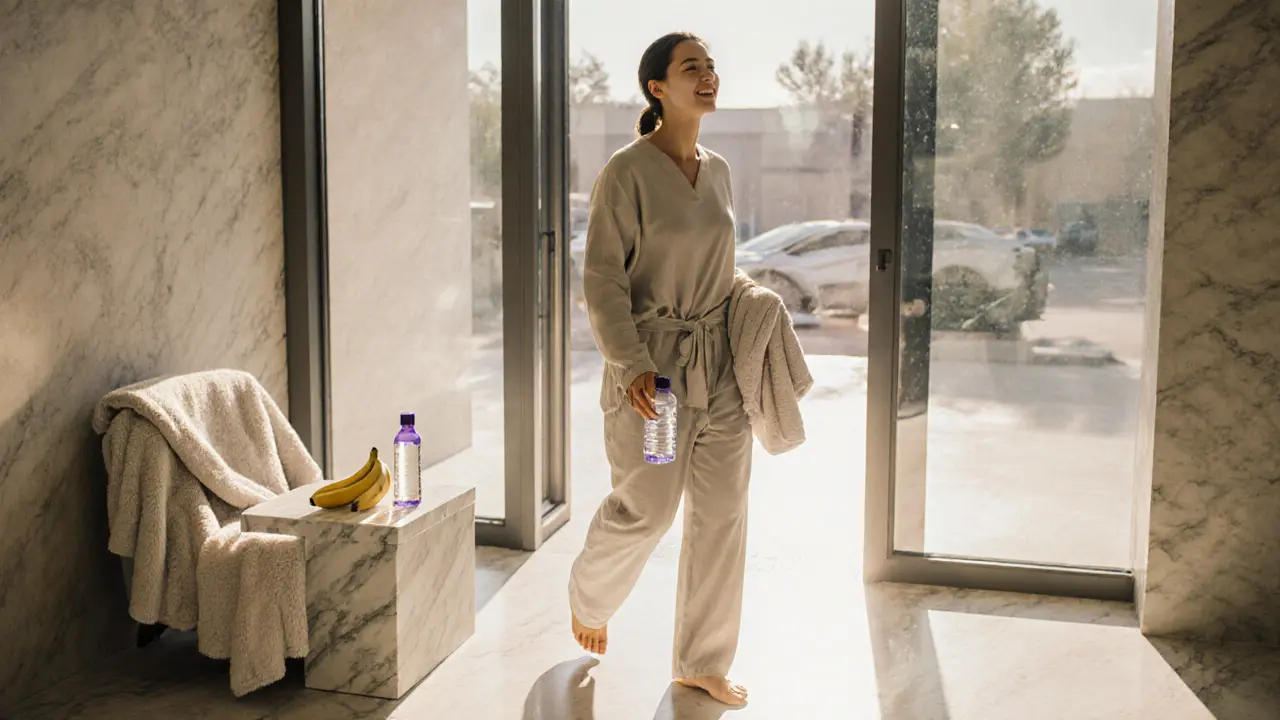Massage Aftercare: Essential Tips for Quick Recovery
When it comes to massage aftercare, the set of actions you take after a treatment to keep the benefits flowing and reduce discomfort. Also known as post‑massage care, it covers everything from re‑hydrating your body to easing sore muscles. One of the first steps is post‑massage hydration, drinking water to replace fluids lost during the session and help flush out metabolic waste. Another key player is muscle stretching, light movements that maintain flexibility and prevent stiffness. Finally, skin moisturization, applying a gentle lotion or oil to keep the skin supple after the massage oils have been absorbed all contribute to a smoother recovery. In short, massage aftercare encompasses hydration, gentle stretching, and skin care, requires no special equipment, and boosts the overall benefits of the session.
Why does each piece matter? Your body releases toxins and metabolic by‑products during a deep massage; drinking water right after helps your kidneys filter them out faster, which means less lingering fatigue. Light stretching after the treatment keeps muscle fibers from tightening up, preserving the range of motion you just gained. Think of it like easing a tight rope instead of snapping it back to its original tension. Moisturizing the skin not only locks in the therapeutic oils but also prevents dryness that can arise from the heat and pressure applied during the massage. Pair these steps with a short walk or a warm shower, and you’ll notice less post‑session soreness and a quicker return to daily activities. These practices are especially useful after intense modalities like Thai massage, deep tissue work, or a hot stone session, where the body experiences higher levels of tension release.
Key Aftercare Practices
Here’s a quick checklist you can follow right after leaving the spa: 1) Sip at least 500 ml of water within the first hour. 2) Perform gentle neck, shoulder, and leg stretches for five minutes each, holding each stretch for no more than ten seconds. 3) Apply a light, fragrance‑free moisturizer to the treated areas to sustain skin elasticity. 4) Avoid alcohol, intense exercise, or hot saunas for the next 24 hours to let your body settle. 5) If you feel any lingering ache, a warm compress or a mild over‑the‑counter pain reliever can help, but always check with your therapist if you’re unsure. Following these steps not only reduces the chance of post‑massage soreness but also maximizes the circulation boost, detoxification, and stress‑relief benefits you just earned.
Below you’ll find a curated collection of articles that dive deeper into each of these topics—from what to wear in a Moroccan hammam to coping with nausea after a Thai massage—so you can build a full‑stack aftercare routine that fits your lifestyle and keeps you feeling refreshed after every session.
Discover the essential do's and don'ts after a full body massage, from hydration and stretching to safety tips, to maximize recovery and lasting benefits.

